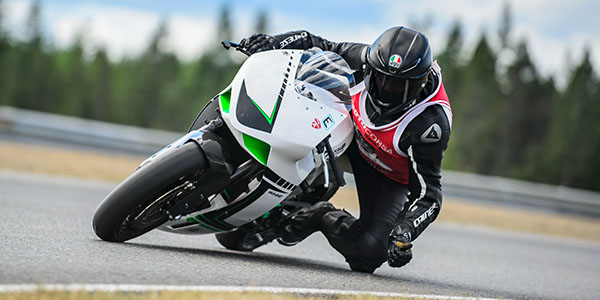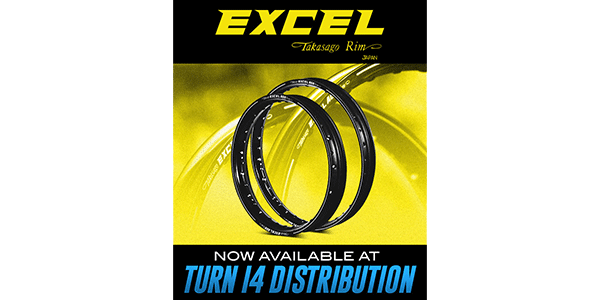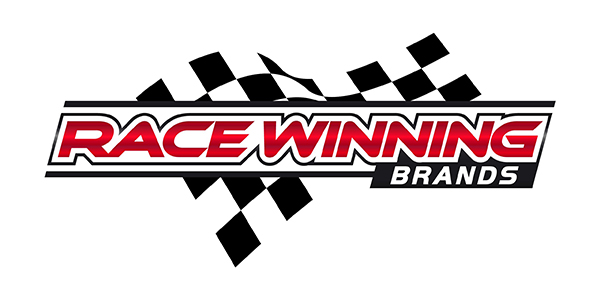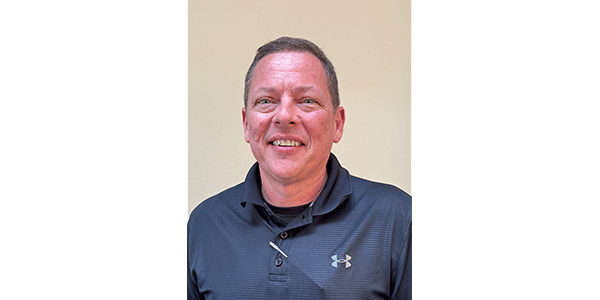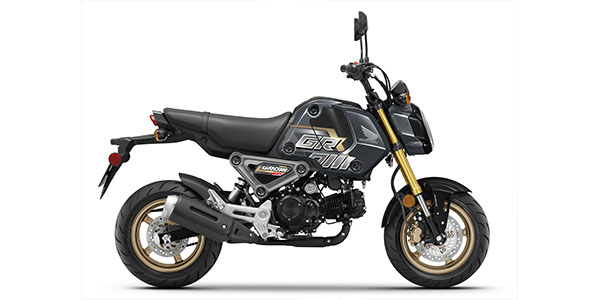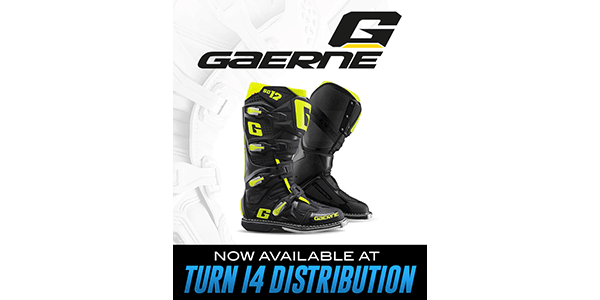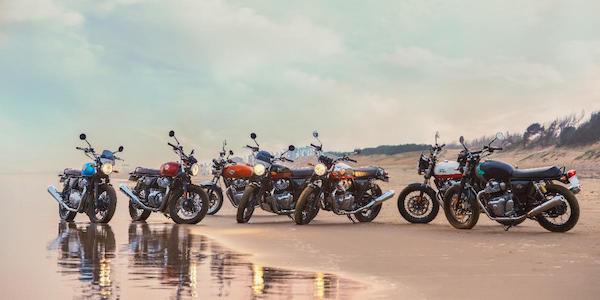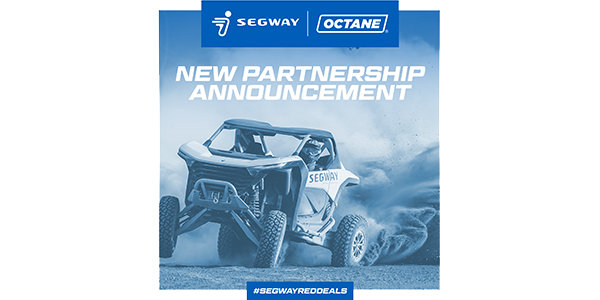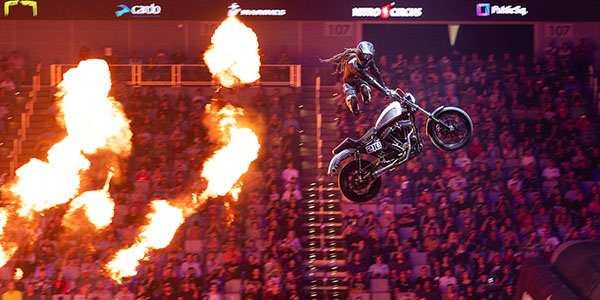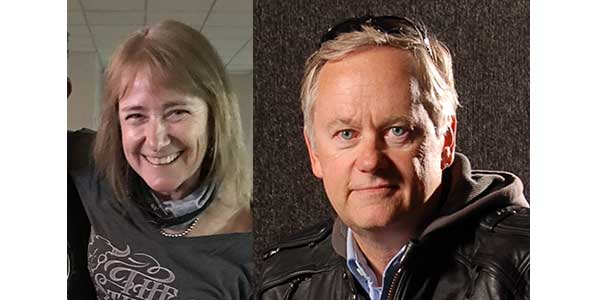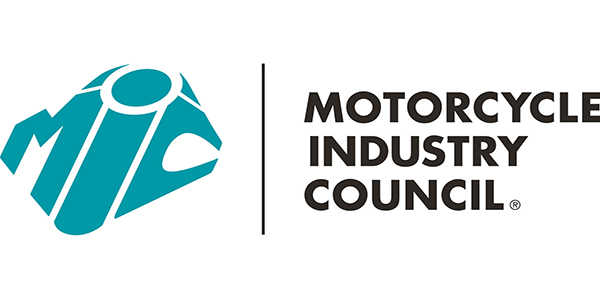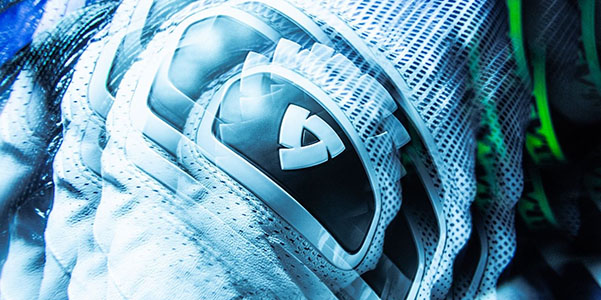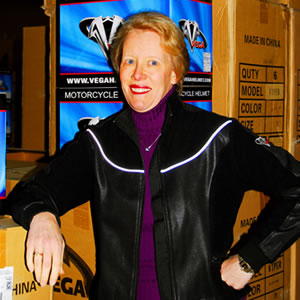 At this year’s V-Twin Expo, Brian Klock of Klockwerks fame took me aside and told me, “You’ve got to talk to Jeanne at Vega’s — she’s got one heck of a story for you.” Brian wasn’t the only one talking about Vega’s success, so this spring I got Jeanne on the line to talk about the company’s origin, the direction for the brand and its growing collection of products that stretch beyond just helmets.
At this year’s V-Twin Expo, Brian Klock of Klockwerks fame took me aside and told me, “You’ve got to talk to Jeanne at Vega’s — she’s got one heck of a story for you.” Brian wasn’t the only one talking about Vega’s success, so this spring I got Jeanne on the line to talk about the company’s origin, the direction for the brand and its growing collection of products that stretch beyond just helmets.
MPN: Tell us about how Vega got its start.
Jeanne DeMund: We got started in 1994 when my partner and I were asked by a factory in China to takeover distribution of their product. We had both been doing other things and looked at this opportunity and decided to do it. We were just starting out, and we didn’t have much money, so the factory basically said they would ship us a couple of containers of helmets, and we could pay when we sold them. So we rented a storage unit in downtown Seattle. It was kind of a multi-level storage warehouse. So we would unload the containers by hand on the ground floor of this building, and then load by load put it into a freight elevator, haul it up to the third floor, haul it down the hallway and into our storage unit, where we’d have tiny little aisles through the product.
When we started out, I kept my day job and Lou worked full-time. We’d be down there at nights and weekends pulling orders, because UPS wouldn’t pick up at the storage unit! We’d then load the packed orders on our pick-up truck and take them back to this little office we’d rented at a wholesale showroom location at the other end of downtown Seattle.
MPN: And what were you doing previously?
DeMund: I worked in international trade promotion for the state of Washington. And my partner, Lou, was trading scrap metal. So we have kind of a diverse background, but my total career has been focused on business with China, which is where our helmets have always been made.
MPN: How did you know this was a quality product that you were interested in?
DeMund: Well, my partner, Lou, had been working with the previous company, helping them with product development and marketing, and was a liaison with the factories. So yeah, we knew this was a viable business when we decided to take it over … that company went out of business, and we started our own company and changed the marketing direction. We made the decision to go dealer-direct, and I think we were one of the first helmet companies to do that.
MPN: From a marketing perspective, why do you think that that dealer-direct route is better for both Vega and the dealers?
DeMund: Well, it was best for us at the immediate time because none of the distributors would make a commitment to the brand as a whole, and it was a good decision for the dealers because we were able to cut out one level of distribution and offer them a product with superior margins.
MPN: Your product line has expanded quite a bit over the years. Can you tell me a little bit about product development and how your relationship with the factory has changed over time?
DeMund: We started out with a factory that was essentially doing contract production for us, and after working with several different factories, we got to be pretty dissatisfied with their willingness to work with us on product development and their ability to really satisfy everything we wanted to do. So about six years ago, Lou decided to start a factory for us in China.
So we built a factory, hired workers, bought equipment, and we’re now manufacturing and have been for six years, manufacturing all of our own helmets. We manufacture probably 98 percent of the components, including the EPS liners — which a lot of factories don’t do — and all the shells.
We have a full testing lab that we built on-site, and all of the major testing facility people have been through and looked at our lab and pronounced it fit. It’s not a certified testing lab, but we do development testing and batch testing there, and then we do final confirmation testing at internationally certified labs. So we kind of grew from a 200-square-foot storage unit to two locations today with 40,000 square feet in the Seattle area and 80,000 square feet in the Columbus area. And from just doing helmets, we now manufacture or have manufactured to our specifications helmet accessories like goggles and apparel, jackets, pants, rain gear, boots and more.”
MPN: Do you see those other product lines growing over time as well?
DeMund: Oh yeah, we’ve expanded our offerings in apparel and boots over time: more models, more styles. But helmets are really still our core business.
MPN: Can you talk about how the design process for each model year of helmets?
DeMund: It’s kind of an iterative process back and forth between the dealers and the reps, and me here in Seattle and Lou at the factory and his technical and design team … we’re also looking at the automotive industry for color trends, and it’s been pretty interesting to see how trends in motorcycle color kind of track along with a little bit of a lag with automotive.
For graphics, we work with lots of different designers, and we look for helmet designers in kind of novel places. I’ve worked with Dave Perewitz the bike builder, after seeing him on “Biker Build-Off,” and I have also done some work with tattoo artists for helmet designs.”
MPN: What is your day-to-day life, how does it work working with Lou and the challenge of working internationally?
DeMund: “Yeah it’s a pretty unusual arrangement. I’m mostly here in the states, and he is mostly in China. We try to be either here or there roughly every six weeks. So he’s mostly running the factory, handling product development on the ground, and I’m mostly trying to run this side of the business — the distribution and marketing here. Thank god I have a great team and a great, great group of sales reps, many of which have been with us for over 10 years, and great staff in the office and in Ohio.
My day is normal until about 4 in the afternoon, and that’s when my “talking to China time” starts, because that’s their 8 o’clock in the morning.
This afternoon, Monday afternoon, I’ll be talking to Lou on his Tuesday morning, kind of filling him in on what’s gone on here and getting the update on what’s gone on there. Then I’ll go home, and we’ll get on Skype, and sometimes I’ll be having dinner, and he’ll be having lunch, and we’ll eat a meal together over Skype — I swear to god, and I’ve sent this comment to Skype, that Skype has saved my marriage. I don’t know how we would be operating without Skype now, we use it all the time.
In terms of business, I mean for us, it really is an essential tool. I can actually hold up a product to the camera and say, ‘”This is great, can we move this seam, this is the snap that I was talking about.” And he can hold up new products and say, “Ok, which vent do you like better?”
MPN: What are your current marketing strategies?
DeMund: When we started out, as I said, we were a dealer-direct distributor, and we made our main and primary pitch to dealers. We still look at dealers as our most important partner in getting the Vega word out. But we are also doing a lot more social network marketing. We have a very active Facebook page where we get a lot of feedback directly from end-users and can answer questions, and can also “like” our dealers where they have Facebook pages and kind of do a little bit of cross-marketing.
As we move into products that are more complicated technically, either modular helmets with more moving parts, drop-down interior visors, different mechanisms for changing shields, and then our Bluetooth communication products, the ability to have a video on YouTube that actually takes the end user step-by-step through set-up, or installation or a trouble-shooting fact is just so, so rich for the user.
Yeah its just great to see the ways people are using YouTube and using social marketing to connect with dealers and the end-users with their products, it’s great.

